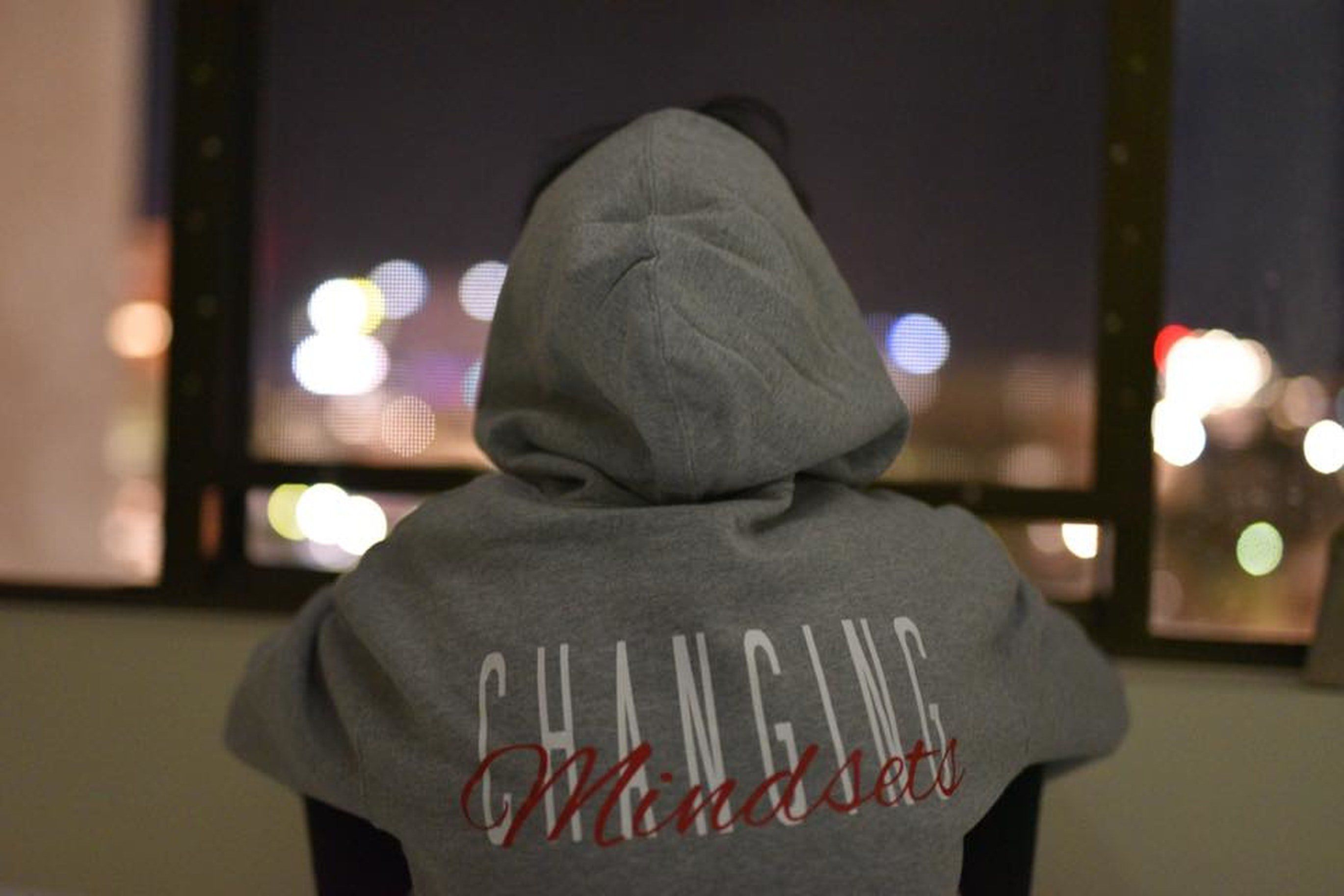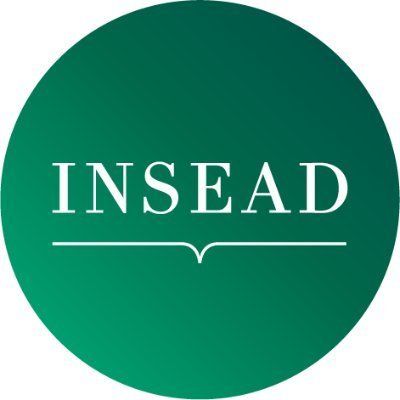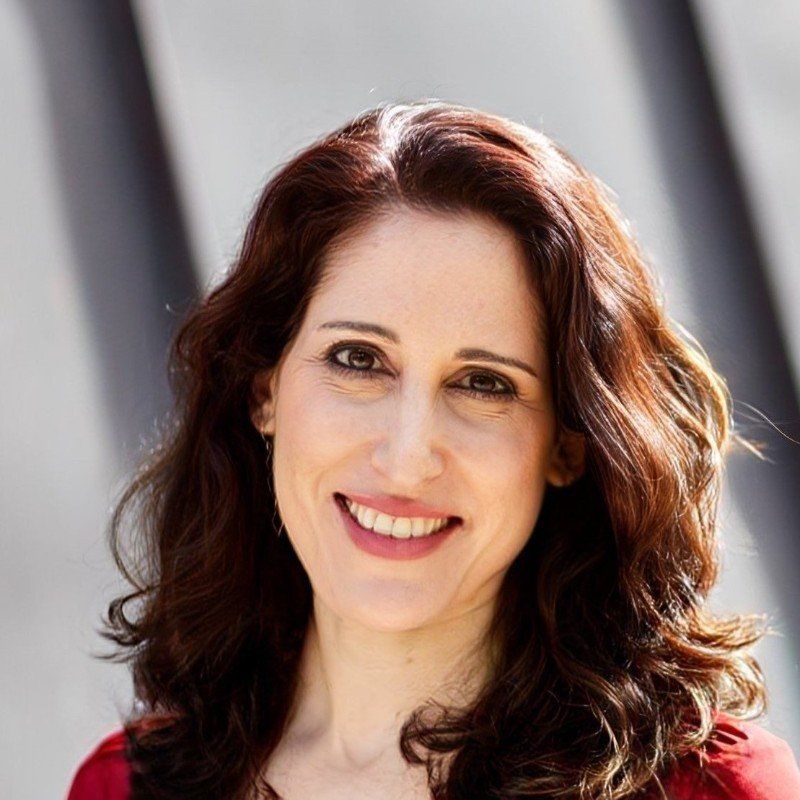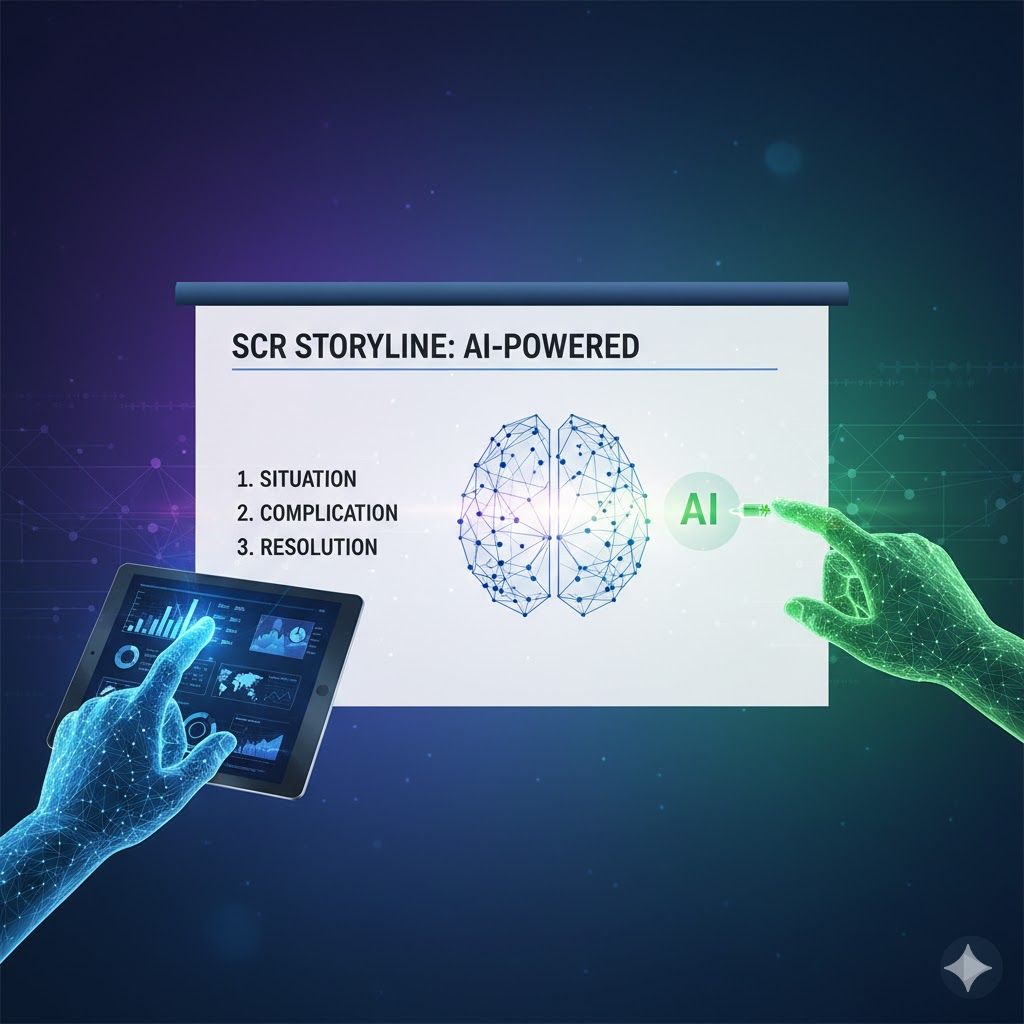Overwhelmed? Adopt a Paradox Mindset

When resources are scarce, what is the best way to thrive?
With lockdowns closing schools and offices around the world, it’s become commonplace to see dogs and kids barge into business meetings as the boundaries between work and life have blurred. A seamless balance is impossible. We have to do both – work plus managing our lives, our spouses, kids, pets and home – all at once.
Doing both depends on our ability to adopt a paradox mindset, to consider the world with a “both/and” approach instead of an “either/or” one. In times like these, times of change, uncertainty and scarcity, we need to do many tasks together. And people need to feel comfort with discomfort – these hurdles aren’t going away.
Unfortunately, when we experience tensions and competing demands like these, we often react defensively with a zero-sum, either/or approach. The uncertainty, fear and anxiety that have emerged across the world in the last few months make us crave the certainty and clarity that an either/or approach offers us even more. With an either/or approach, we seek to clearly prioritise, for example, between work or family time. However, this leaves us always feeling like we are missing out on something. Not only are resources allocated with this in mind, our “inner talk” – what we say to ourselves about our choices – will reflect that struggle. So, when we are investing time in work, we tell ourselves that we’re neglecting our kids, with all the accompanying blame and guilt. This can lead to negative spirals and vicious cycles. It can create negative emotions.
The paradox mindset suggests an alternative perspective, accepting and learning to live with the tensions associated with competing demands. It is an understanding that these competing demands are not really resolvable, in the sense that they can’t be completely eliminated. For example, work and family life continue, regardless of our choices. Even if these tensions are resolved today, tomorrow will present a different challenge. A paradox mindset shifts the focus from the need to choose between work and family, to instead learn how to constantly balance these demands over time. Even if working at home is challenging, a paradox mindset pushes us to find new ways to integrate work and family that we wouldn’t discover otherwise. Learning how to manage these competing demands more effectively is, strangely, liberating. Those emotional cognitive resources we had allocated to sorting tasks into buckets, making mental lists and feeling concerned that we are not doing enough (not to mention self-flagellation) are now freed up.
In order to succeed, we need to be able to dedicate some time to work but also to family. Constantly balancing the tensions may seem paralysing or threatening at first, but we have a method to help reveal the paradox mindset. In “Microfoundations of Organizational Paradox: The Problem Is How We Think About the Problem”, published in the Academy of Management Journal, together with our co-authors, Amy Ingram, Josh Keller and Marianne Lewis, we tested a theoretical model to unpack individuals’ varied approaches to tensions, including scarcity of resources. We found that although tensions rise when we have limited time and funding, the tensions themselves are not the problem, our mindset is. If we believe that when we address one demand we neglect the other, we are in a constant struggle. With a paradox mindset, we realise that one demand enables the other, and that we need both to thrive. This mere realisation frees up mental resources and drives new solutions, helping employees to improve in-job performance and cultivate innovation.
In our work, we developed a theory on paradox mindset and validated a scale that enabled us to measure it. We explored the mindset of our study participants, which helped us explain when tensions impede innovation and performance and when they enable growth and learning.
A paradox mindset can be cultivated
In this current global lockdown, tensions are increasing. We not only face tensions between work and family, but also between making decisions for the short-term or the long-term, or ensuring physical isolation while enabling social connection. An either/or approach can lead to limited solutions and personal suffering, whereas adopting a paradox mindset actually boosts innovation, creativity and performance. The way we interpret our reality is vital, especially in a time of crisis.

Photo by Ravi Roshan
How to adopt a paradox mindset? Here is a simple framework to help:
- Reframe the question.
- Accept the tension and develop comfort with the discomfort.
- Distance yourself and search for new possibilities.
Reframe the question
When considering tensions, think in terms of enhancement and enrichment. Some of us are grappling with whether we should be continuing with business as usual or trying to pivot in our roles and our jobs to meet this reality’s new normal. We can reframe this question: “Should I pivot or continue with what I have been doing?” to: “How can I both continue and pivot? How can one help the other? How can the way I have always been doing things provide me with the assets and resources to help me change to something new? How could the energy and potential from adopting something new sustain me as I continue to do the things I still need to get done?” By changing the question, we discover new ways to do both. Although we sometimes shift between being focused on our current projects or our new projects, at a higher level we understand that these two goals are mutually reinforcing.
Accept the tension and develop comfort with the discomfort
With a paradox mindset, acceptance allows for the understanding that these tensions are a natural part of reality, and that we all experience them to a certain extent. When we understand that a tension or a problem is a common, natural state, we are more likely to accept it. For example, adolescents might be stroppy, which can be annoying for parents. But it’s natural, they are finding their own identities. When parents understand that part of the development process for teens is to challenge authority, it is somehow healthy. It’s still not pleasant for the parents, but it’s less threatening. Acceptance is important as it gives us agency in a difficult situation.
In general, it's difficult for us to bear inconsistencies. But once we accept inconsistencies, we eventually learn to feel more comfortable in a given situation. Instead of being threatened or ignoring it, we learn to contain the discomfort associated with inconsistencies.
Distance yourself and search for new possibilities
Tensions drive new meanings and possibilities, but they can also be paralysing, especially at extreme levels. When we feel torn between competing demands, we can try to distance ourselves from the problem and connect with others to get a different perspective. For those especially extreme moments, input from others is vital as even those with a paradox mindset may have difficulty finding solutions on their own. Research shows that when we make decisions for others rather than for ourselves, we are more likely to come up with creative solutions. Sharing our struggle with others provides comfort and can help us see the bigger picture.
With a paradox mindset, tensions enable new possibilities. In a series of laboratory studies, we found that when we help people approach tensions with a paradox approach, they become more creative. If we focus on only one demand and not the other, we miss the opportunity to achieve both. Thinking in paradoxical terms pushes us to find integrative solutions to our problems.
When we need to address competing demands with limited resources, we have to change the way we think. When it’s doing more with less (the scarcity issue), changing the question from “Can I do my work with so little?” to “What new possibilities does this situation enable?” puts a slightly more positive spin on it.
Going through these three steps allows us to reframe, accept and find creative ways to cope with tensions. Because when we are bothered by something and we want to just resolve it, we usually react quickly, with suboptimal solutions.
New possibilities
In the current crisis, a paradox mindset won’t solve every problem, but it is a helpful and relevant way of thinking. Understanding that tensions are here to stay, we need to learn how to manage them over the long term. The pandemic and our response have accelerated change, as life and work have become more challenging on many different levels, making the paradox mindset even more necessary for productivity, creativity and learning how to live with some level of emotional discomfort.
Read more: How the Discomfort of Paradox can unlock Creativity
An either/or approach says we focus better in the office for eight hours. Without this, it’s impossible to be productive. Well, this is no longer possible for many people around the globe. A paradox mindset allows us to look at the challenge, understand the need to adapt and uncover a different way of working.
Be sure to check out this insightful leadership nuggets on Kaizen Mindset:

Functional
Tags: Alignment & Clarity, Performance Character, Secure Base, Building Functional Competencies, Stress & Trauma, Sustainability, Mindfulness, Self-regulation, Psychology, Self-Awareness, Understanding Emotions, Creativity
References:
- Paradox Mindset Measure
- Exploring Paradox: Toward a More Comprehensive Guide - A research article by Marianne Lewis
- “Both/And” Leadership - An article by Wendy K. Smith, Marianne W. Lewis, and Michael L. Tushman
- Toward a Theory of Paradox: A Dynamic equilibrium Model of Organizing - A research article by Wendy Smith & Marianne Lewis
- The Power of Listening in Helping People Change - An article by Guy Itzchakov & Avraham N. (Avi) Kluger
- Decisions for Others Are More Creative Than Decisions for the Self - A research article by Evan Polman & Kyle J. Emich
- Paradoxical frames and creative sparks: Enhancing individual creativity through conflict and integration - A research article by Ella Miron-Spektor, Francesca Gino & Lina Argote





